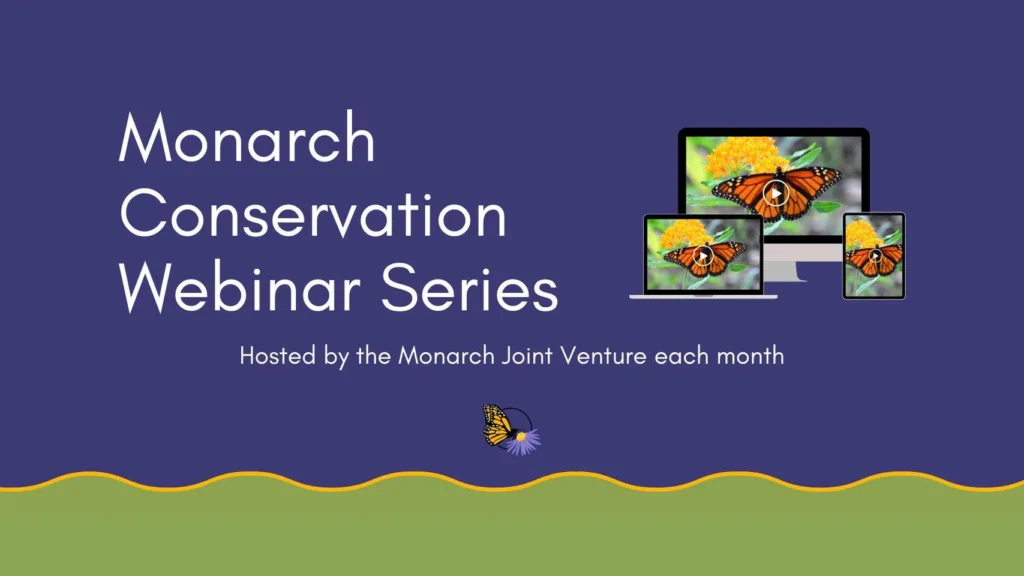February 8 @ 7:00 pm – 8:30 pm
Join NPSOT-Williamson County on Thursday, February 8, 2024, when our featured topic will be “Land Stewardship for Birds and the Importance of Native Plant Communities” with Rufus Stephens and Jan Wrede. Free and open to the public. The meeting begins at 7:00 PM. Our guest speakers’ presentation begins after a short business meeting.
About our topic: Birds depend on the native plants in their natural habitats for their food, a place to nest and essential protection from weather and predators. Bird stewardship conservation is done by habitat. Thus, it is necessary to understand the plant composition of Central Texas’ healthy, natural habitats: woodlands and savannahs; grasslands; rivers and streams; canyons, springs, and seeps; constructed tanks, ponds, and lakes; plus, residential yards.
Nearly 50 years of data tells us that bird populations are declining at an alarming rate, but with thoughtful practices you can be an agent of change. Our presentation will summarize the basic principles of Land Stewardship for Birds in Central Texas, offer examples of native habitat types in this area, and cover environmental problems occurring west and east of IH35 with the most useful tools for addressing them.
About our speakers:
Rufus Stephens
Certified Wildlife Biologist, educator, and coauthor of Land Stewardship for Birds: A Guide for Central Texas published by TAMU Press; worked as a wildlife biologist for 35 years with 23 years at TPWD; his last position was as district leader for the 25 county Edwards Plateau Wildlife District; co-founder of the Texas Master Naturalist program and in recognition for this accomplishment is a co-recipient of the Wildlife Management Institute’s award for Innovation.
Jan Wrede
Environmental educator and writer; retired Director of Education and Citizen Science at the Cibolo Nature Center in Boerne; author Trees, Shrubs and Vines of the Texas Hill Country; co-author of Attracting Birds in the Texas Hill Country: A Guide to Land Stewardship and its new second edition Land Stewardship for Birds: A Guide for Central Texas.
NOTE: this month’s in-person location is the Georgetown Public Library, 2nd floor, 402 West 8th St, Georgetown, TX 78626.
The original meeting announcement is here on the Williamson County Chapter’s blog page.
Related Events
-
Dallas Chapter May 20, 2024 meeting. Native Bee Landscapes, with Laurel Treviño-Murphy
May 20 @ 6:30 pm – 8:30 pm -
Container Gardening with Keystone Plants presented by Krista De Cooke, Homegrown National Park – May 21
May 21 @ 1:00 pm – 2:00 pm




